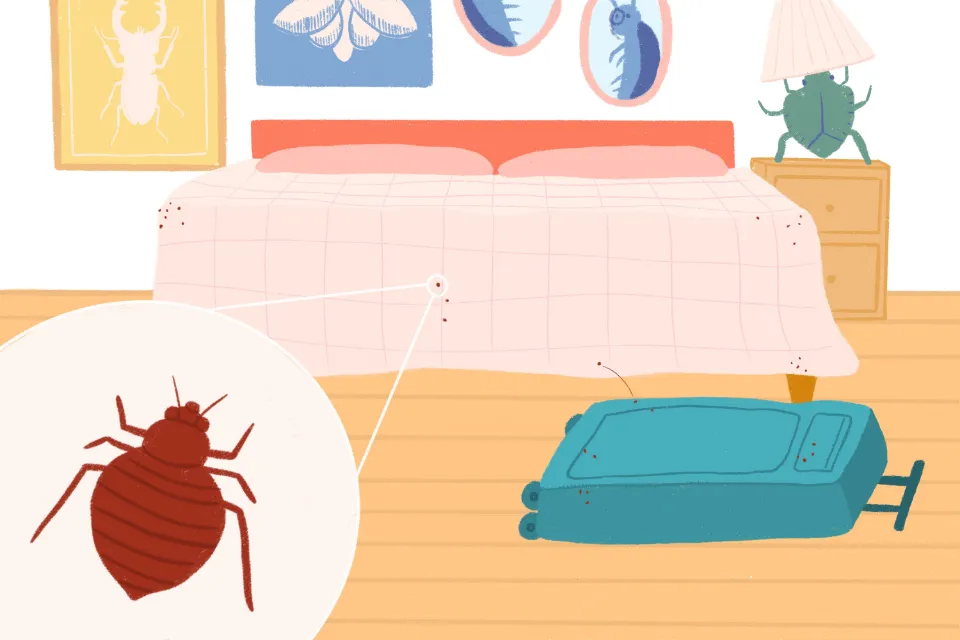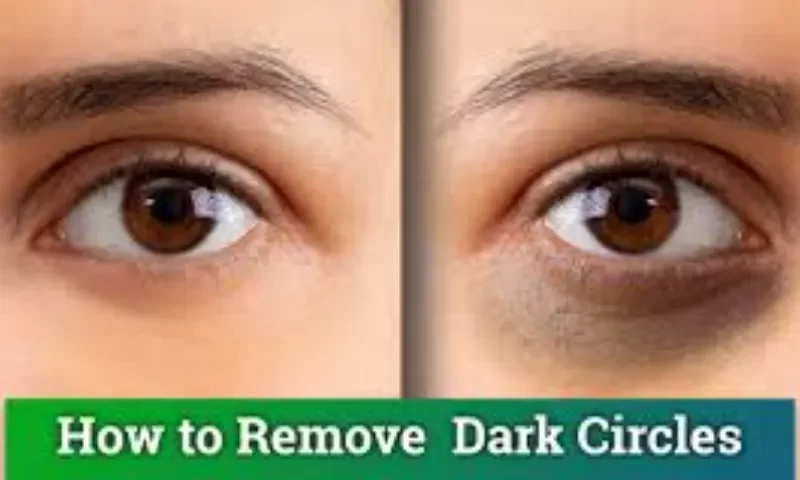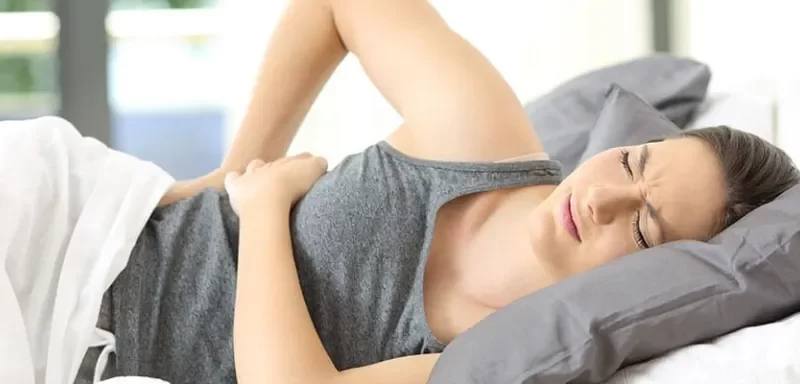Even though you might be tempted, you don’t need to throw out your clothing and bedding if you find yourself dealing with a bedbug outbreak. It is entirely possible to clean bedbug-infested laundry in a way that eradicates these pesky insects. The key to successfully ridding your clothing and bedding of bedbugs is to wash and dry it with the highest heat your items can tolerate.1
The general procedures to take are listed below for getting rid of bed bugs in laundry. It’s crucial to isolate your laundry in sealed plastic bags or bins if you can’t wash it right away to stop bedbugs from moving into your furniture, rugs, and carpeting. Since bedbugs can go months without a meal, if you don’t do this, there’s a good chance the infestation will return.
What is a Bed Bug?
The bedbug (Cimex spp.) is a very tiny (just over 1/8 inch long) blood-feeding insect that hides in creases and crevices of furniture and fabrics, during daylight hours, emerging in darkness to seek out and bite warm-blooded animals, including humans and pets. Home invasions typically happen after travelers return from endemic bedbug areas, like tropical hotels or resorts, with the pests in their luggage and clothing.
Because bedbugs are so tiny, the initial bites can be almost painless. The bites are only noticeable after a few days when red, itchy welts, which resemble mosquito bites, start to appear. Given that both insects have flat, disc-shaped bodies, if you see the insects themselves, you might mistake them for ticks. However, unlike ticks, bedbugs don’t latch on and burrow into the skin; instead, they scurry back into cracks, crevices, and creases after consuming their nightly blood meal.
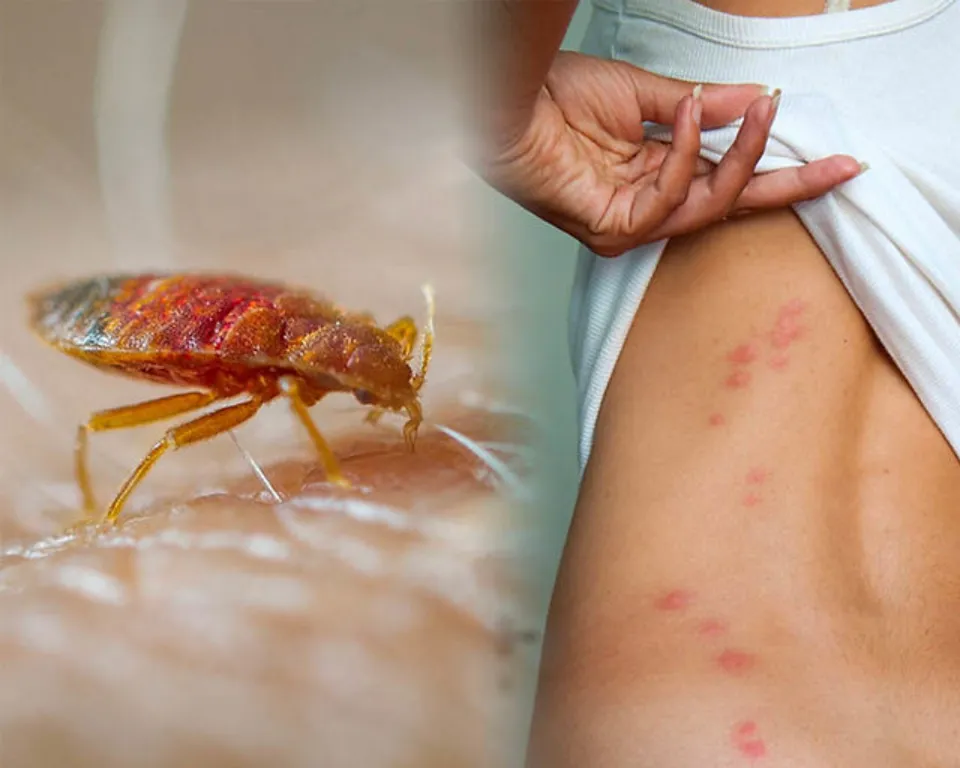
Bedbug bites are frequently confused with flea bites, but fleas tend to bite on the lower body, and their bites are much smaller than the red welts left by bedbug bites (probably because they are drawn to the carbon dioxide in human breath).
How Long Can Bed Bugs Live on Clothing?
Bed bugs have a one-year lifespan. They nevertheless require food to survive, just like other living things. They won’t live more than two to three months if they don’t have access to blood (gross, we know).
Nevertheless, take action as soon as you discover bed bugs. While you might assume that the lone bug you observed will eventually go hungry, it actually has friends. Bed bugs spread in groups and reproduce quickly. If you already saw one, more will appear soon, and they will soon take control of your house.
How to Get Rid of Bed Bugs in Clothes?
Equipment / Tools
- Washing machine
- Dryer
Materials
- Rubbing alcohol
- Laundry detergent
- Trash bags
Instructions
Sorting Clothes
- Pre-sort clothing as you would when washing normally in the infested area, and then put each sorted pile into its own plastic bag. Keep the washing instructions in mind. This will enable you to choose the highest temperatures at which you can wash and dry your clothes.
- Separate items meant for dry cleaning only because they can go in the dryer even though they shouldn’t be made wet.
- The bags should be sealed before moving your laundry. By doing this, bed bugs won’t spread to other parts of your house or the laundromat.
Washing and Drying Clothes
- Place each bag in the washer (or dryer for dry-clean-only items).
- Following the emptying of each bag, fold the opening into the center and then enclose it with the remaining portion of the bag.
- Empty bags should be placed right away in another clean bag, sealed, and used for disposal.
- The fabric should be washed and dried at the highest temperature possible.
- If dry cleaned clothing can be dried, set the dryer to at least a medium to high setting and let it run for at least 30 minutes. Next, have dry-clean only clothing cleaned and pressed at a professional cleaner. Bugs can be killed by drying, but clothes won’t be cleaned.
- If you only want to kill bed bugs and don’t want to wash your clothes, you can kill all the bed bugs by simply drying the infected items for 30 minutes on high heat.
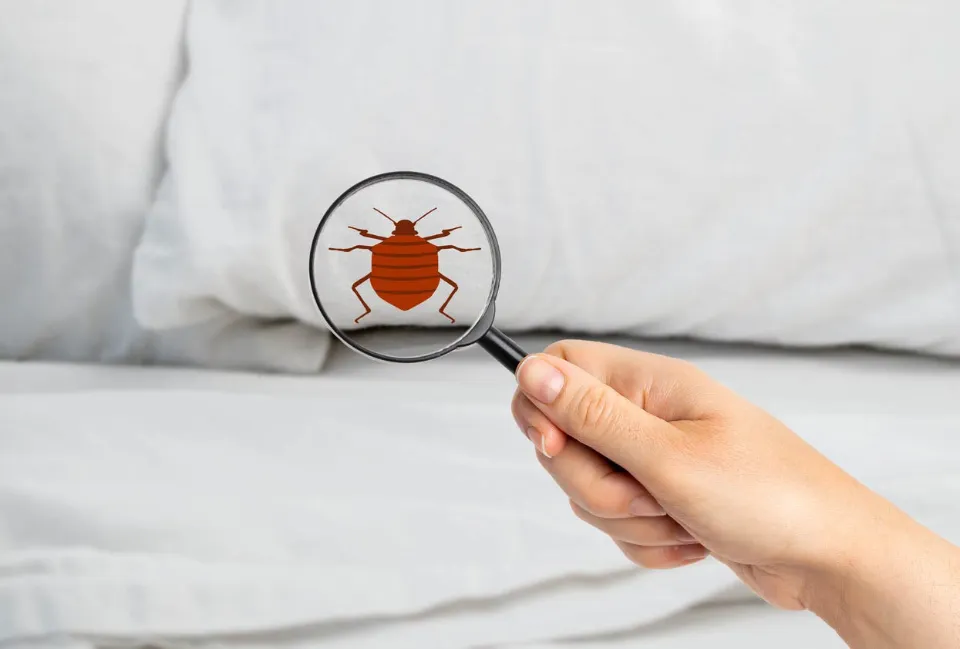
Storing Cleaned Clothes
- Immediately after taking them out of the dryer, fold the clothing. If you are doing your laundry in an apartment complex’s laundry room or a commercial laundromat, put the clothes right away in a fresh plastic bag. If you haven’t checked the table for bed bugs before setting your clothes on it, a folding table.
- The clean clothes should be kept in bags until you get to your apartment.
- Take the laundry out of the bag and put it away if you’ve been able to get rid of bed bugs in your house.
- Keep the folded laundry in the bag and take out items as necessary if you still have an infestation. By doing this, the clothing will avoid reinfestation.
Tips for Washing Clothes Infested With Bedbugs
- Avoid leaving clothing on the ground before and after disinfection because more bedbugs could hide in the fabric and fall to the ground.
- In addition to washing your infested laundry, use a bedbug spray repellent.
- You can take the infested laundry to a dry cleaner if you’re unsure of how to clean it. To prevent the infestation from spreading to other customers, be upfront with the dry cleaner about it.
- Use a clothes steamer that reaches a temperature between 160 and 180 degrees Fahrenheit to clean delicate clothing and pillows instead of washing them in a washing machine. To kill the bugs and their eggs, cover every surface of the fabric according to the machine’s instructions. Use a HEPA-filtered vacuum after steaming to collect any dead insects. Place the vacuum bag or dust container in a plastic bag and empty it into an outdoor trash can.
Final Thoughts
One cycle of high-temperature washing and drying should be sufficient for each load of laundry because bedbugs are killed by heat. However, you’ll need to keep an eye out for new infestations because bedbugs hiding in mattress creases and gaps in the walls and flooring can quickly create a new issue.

